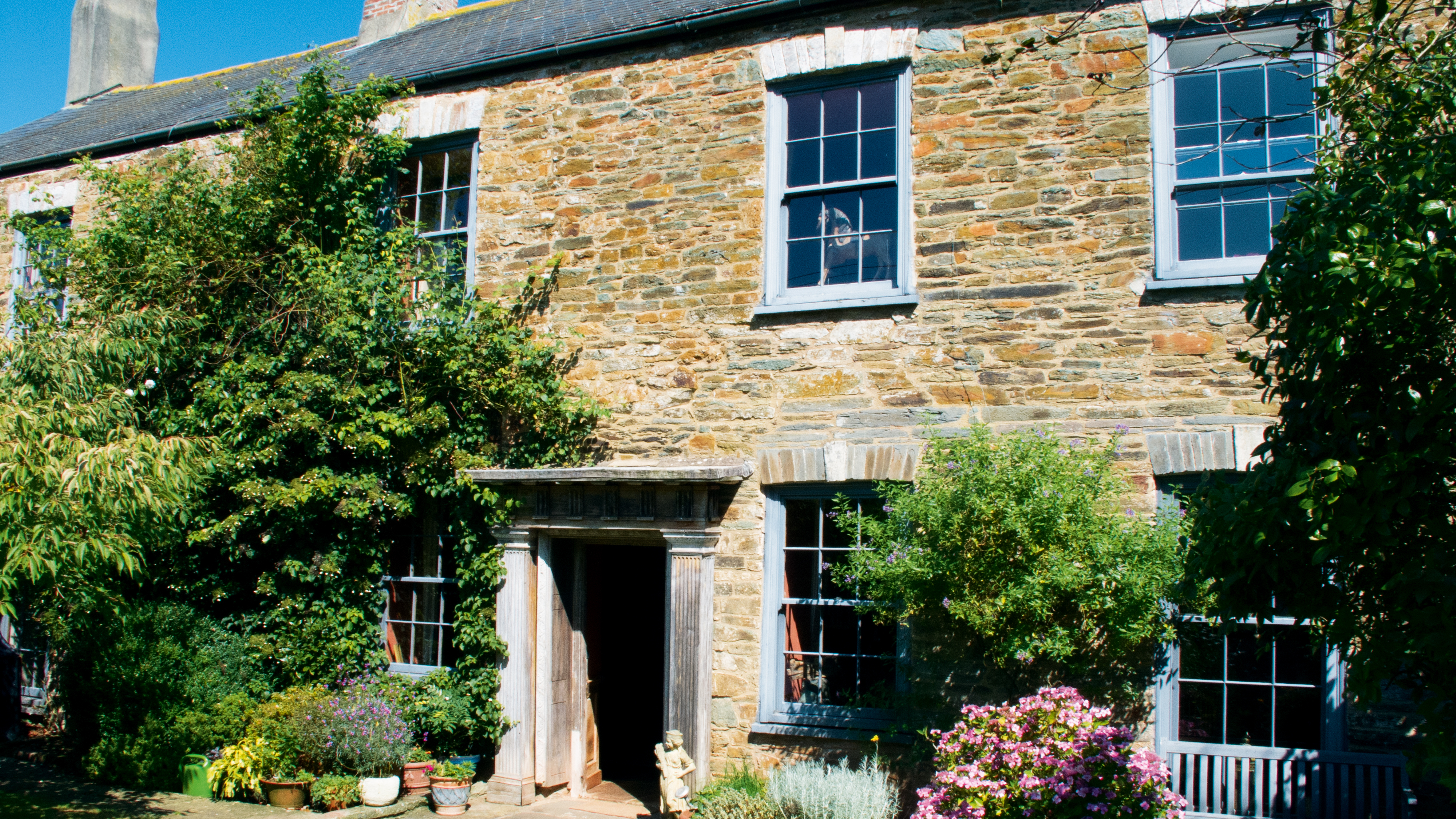
Do you live in a Conservation Area and planning a major revamp, perhaps transforming your home's exterior? That means it is always worth checking with your local planning authority (LPA) whether planning permission is required before undertaking any work. Think you might be able to do the work under permitted development? For certainty, you can apply for a Certificate of Lawful Development.
How does living in a Conservation Area affect the work I want to carry out?
Where permission is required, it will be subject to closer scrutiny than in other areas, and so particular attention must be given to the height and scale of proposals, the form and layout, including the footprint, setting and relationship with other surrounding buildings (the streetscape), the materials and details used, and the landscaping scheme.
Applications are only likely to be approved if it can be demonstrated that the Conservation Area’s character or appearance is not harmed, or that it can be positively enhanced through good quality design. Extensions will usually be considered appropriate if they use traditional form, are subservient to the existing building and use traditional local materials and detailing. High-quality contemporary design can also be acceptable, especially where it can be shown to integrate traditional materials and craftsmanship, and architectural details and features with a local connection.
Who decides whether to approve my proposals?
As well as being reviewed by LPA planning officers, an application affecting a Conservation Area will have to be approved by the LPA’s conservation officer, who will determine what is acceptable in relation to its Conservation Area policy and national planning policy.
The degree of subjectivity is far greater than in other areas of planning, so it can be useful to speak to builders and designers who have worked in the area and have an understanding of the approach taken. Larger and more significant applications, especially those in the setting of a listed building or other heritage assets will be sent for comment from English Heritage, or the equivalent (Cadw in Wales; Historic Scotland; and Built Heritage in Northern Ireland).
In England and Wales, parish councils will also be consulted, as well as Conservation Area Advisory Committees
Do I need Conservation Area consent?
The total demolition of a building or structure in a Conservation Area (with the exception of buildings under 115 square metres, or gates walls or fences under two metres in height or one metre next to a highway) currently requires consent in Wales, Scotland and Northern Ireland, including the demolition of a building leaving only the facade.
Conservation Area consent is now dealt with in the mainstream planning system. Demolition without consent is unlawful and the owner may be required to reinstate the building, with there being no time limit on enforcement action.
Are trees protected in Conservation Areas?
Trees play an important role in the character of many designated areas and consequently almost all trees other than saplings are protected within a Conservation Area.
Undertaking any works to a tree with a trunk diameter greater than 75mm at 1.5 metres above ground level requires consent, and the LPA must be notified six weeks in advance in order for a decision on a Tree Preservation Order to be made.
Summary conviction for removing or damaging a tree without consent is a criminal offence and carries a fine of up to £30,000, with more serious offences dealt with by the Crown Courts, carrying an unlimited fine. It will also be the landowner’s duty to plan replacement trees of appropriate size and species in the same location as soon as possible
What if my proposal is refused?
As with any planning application, if your proposals are refused permission or the LPA fails to determine the application within eight weeks of registering it, you can choose to make an appeal to the Planning Inspectorate.
What do I need to know about listed building consent?
Many buildings in a Conservation Area are also individually or group listed, adding a further layer of protection. If your property is listed you will also need listed building consent for any ‘material alterations’, both internally and externally, whether or not they require planning permission.
Read more:
Join our newsletter
Get small space home decor ideas, celeb inspiration, DIY tips and more, straight to your inbox!
Michael is Director of Content & Product Development for Future Homes. Prior to this he was Editor in Chief of Real Homes magazine, Period Living and Homebuilding & Renovating and he also served as Editor of Homebuiling & Renovating for several years. As well as being an expert in renovation, having presented multiple property TV shows and authoring Renovating for Profit (Ebury, 2008), Michael has a personal and professional interest in self build and helps others achieve their dreams of building a unique home. He is also Deputy Chair of NaCSBA and has campaigned for the self-build sector for many years, regularly sitting with government parties to advise on the industry.